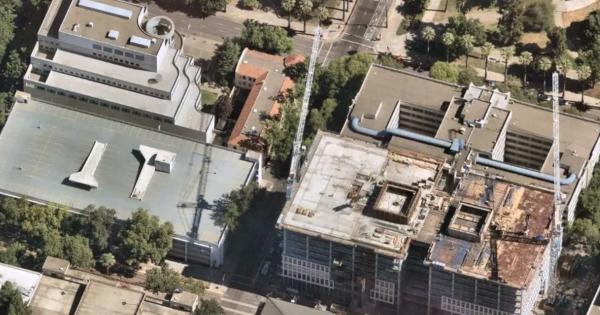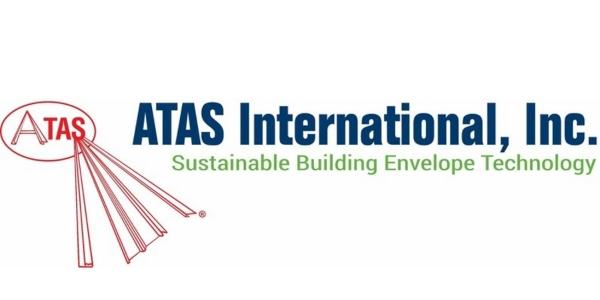How to Guide Your Business Through Uncertainty

By Nearmap.
Complete each stage of a project’s lifecycle and maintain business continuity with these tips.
The ability to quickly adapt to new challenges and navigate through disruptions are just a few lessons 2020 has taught businesses and individuals. In the Architecture, Engineering, and Construction (AEC) industry, minimizing risk during each step of a project’s lifecycle can help your business maneuver through uncertain situations that are out of your control. Continue reading to learn how you can guide your business through a project and maintain business continuity during unpredictable times:
1 - Make informed decisions for your proposal
During the proposal stage, businesses must identify the need and sustainability of the project, document ideas and develop preliminary designs. Without proper access to the site, this would be impossible.
Aerial imagery provides you with current, relevant and clear imagery, to get you the truth on the ground. This enables your business to consider sustainability and improve design from the start of the project, so you can make informed decisions backed by accurate data.
2 - Embrace new technology during the planning stage
Conceptualization is key to bringing your ideas to life. The challenge is some organizations don’t have the tools necessary to do the job right in today’s landscape.
It’s critical to embrace technology that will help bring your vision to life and doesn’t restrict you to on-site visits. 3D visualization tools save you time that would otherwise be spent on site visits and allow you to explore the area as much as needed during the planning stage, even if you can’t be there in person.
3 - Change the way you collaborate during design
Collaboration between architects and engineers is key to making final decisions on the build. Today’s remote work environment has emphasized the importance of collaboration, even when teams have been dispersed.
Aerial imagery integrations with GIS or CAD platforms enable you to make site visits, without ever leaving your home. The result is accurate designs backed by data you can trust.
4 - Use the right tools to adapt to unpredictability during the build stage
During the build stage, your project comes to life. However, there are still risks that are out of your control, like natural disasters, and you’ll need to prepare for the unexpected to meet your project timelines.
To do so, businesses need to have the right tools in place. Aerial location intelligence tools help you rise to meet these challenges through historical data that helps you understand the impact of previous events.
5 - Improve productivity in operations and assets management
The final phase of the AEC lifecycle is based on delivering the finished product and maintaining it. To do this successfully you’ll need to leverage your resources to reduce waste and improve customer satisfaction.
Businesses can improve productivity and save time and money by supplementing onsite visits with virtual site visits. This enables you to get all of the information you need, without having to be there in person. This means you can use that travel time to accomplish other critical tasks.
Build business resilience with the right tools
There are risks inherent in each stage of the project lifecycle. The right technology helps to mitigate these risks and gives you more control even in times of uncertainty, so you can complete your projects on time and within budget.
Geospatial technology reduces the need for onsite visits to save you time and money, enables collaboration and allows you to make more accurate, informed decisions.
Learn more about Nearmap in their RoofersCoffeeShop® Directory or visit www.nearmap.com.
Original article source: Nearmap






















Comments
Leave a Reply
Have an account? Login to leave a comment!
Sign In